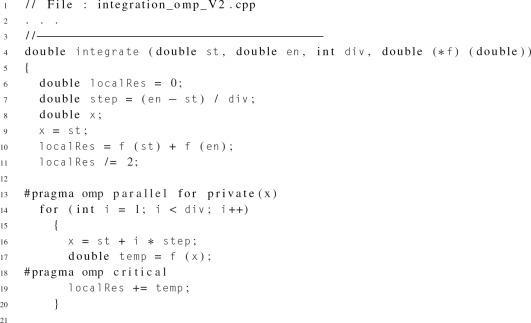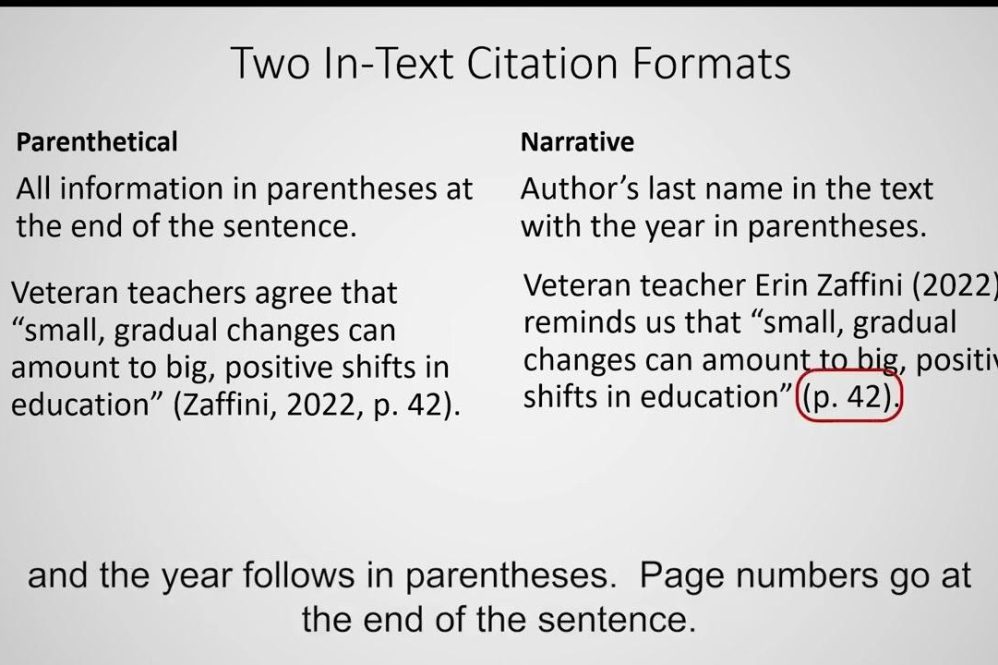Enhancing Golf Swing Follow-Through for Improved Accuracy and Control
The follow-through is a crucial aspect of the golf swing that greatly affects both accuracy and control. Experienced golfers demonstrate a sophisticated follow-through, characterized by specific techniques. This article explores the complexities of the follow-through, highlighting essential biomechanical principles. Through detailed analysis and practical advice, it serves as a guide for golfers aiming to improve their precision and consistency on the course.
Understanding Biomechanics in Golf Swing Follow-Through
In golf biomechanics, analyzing the follow-through reveals its significance in achieving precision and control. This critical phase of the swing represents the culmination of coordinated movements and muscle engagement. The quality of a golfer’s follow-through reflects their technique, showcasing effective application of biomechanical principles.
A key element in optimizing your golf swing’s follow-through is ensuring a smooth transition from impact. Golfers should focus on extending and rotating their bodies fluidly to efficiently transfer energy through the club. By leveraging rotational forces while maintaining balanced weight distribution, players can enhance both ball-striking accuracy and distance consistency.
Developing proprioception—an awareness of body position—and kinesthetic awareness is fundamental for an effective follow-through. Golfers must cultivate heightened sensory perception to intuitively navigate through their swings’ completion. This innate body control allows players to make dynamic adjustments, fine-tuning movements for optimal club head speed and trajectory management.
The Importance of Muscle Engagement in Follow-Through Precision
Mastering your golf swing’s follow-through necessitates an understanding of muscle engagement’s vital role. Achieving precision relies heavily on synchronized activation across various muscle groups; it’s not just about strength but also finesse and coordination.
One significant aspect involves sequentially activating core muscles during the follow-through phase. The core stabilizes your body while facilitating efficient energy transfer from your initial swing into your finish position. Engaging these muscles effectively ensures smooth torso rotation, leading to more accurate strikes—incorporating core-strengthening exercises into training can significantly boost overall performance.
Additionally, engaging lower body muscles plays an essential role in maintaining stability throughout your swing’s conclusion. Strong legs and glutes contribute power generation while preserving proper posture during execution; focusing on exercises that enhance leg strength will optimize muscle engagement for improved accuracy in your swings’ finish.
Refining Your Follow-Through for Consistent Accuracy
The importance of refining one’s golf swing follow-through cannot be overstated when it comes to enhancing overall performance on the course:
- Focus on Technique: Prioritize proper form during every shot.
- Understand Biomechanics: Familiarize yourself with how each movement contributes to accuracy.
- Practice Regularly: Consistency breeds improvement; dedicate time specifically to perfecting this aspect.
- Seek Feedback: Utilize video analysis or coaching sessions to identify areas needing adjustment.
By honing these elements within your practice routine, you’ll likely see marked improvements in shot consistency as well as overall gameplay effectiveness.
Making Strategic Adjustments for Enhanced Control
Implementing targeted adjustments within your following through can lead directly toward greater control over shots played:
- Analyze Your Finish Position: Ensure you’re ending with balance—this indicates good technique throughout.
- Adjust Grip Pressure: Too tight or too loose can affect how well you maintain control post-impact.
- Experiment with Stance Width: A wider stance may provide better stability during rotation but could limit mobility if overdone—find what works best!
These strategic modifications will help refine not only individual shots but also contribute positively towards long-term skill development as a golfer seeking enhanced performance levels consistently across all rounds played!
Conclusion
Mastering an optimized golf swing followed by an effective finish is crucial for achieving superior precision on-course success! By grasping key biomechanical concepts discussed here along with practical recommendations provided throughout this article—you’ll be well-equipped towards elevating both personal performance standards & enjoyment derived from playing this wonderful game! Embrace these nuances surrounding finishing techniques—it’s more than just skill—it opens pathways leading toward unlocking greater achievements within golfing endeavors!

Master Your Golf Swing Follow-Through: Unlocking Precision and Control for a Winning Game!
Understanding the Importance of the Follow-Through
The follow-through in golf is not just a formality; it’s a critical aspect of the swing that conveys power, precision, and control. A well-executed follow-through can significantly affect the distance and direction of the golf ball.
The Biomechanics of a Winning Follow-Through
Biomechanics refers to the study of movements in the human body. In the context of golf, understanding biomechanics can help players enhance their follow-through. Key components include:
- Alignment: Proper body alignment at the address position sets the stage for an effective follow-through.
- Weight Transfer: Shifting your weight from your back foot to your front foot during the follow-through helps maintain balance and power.
- Hip Rotation: Engaging the hips maximizes rotational power and influences the trajectory of the shot.
Benefits of a Proper Follow-Through
| Benefits | Explanation |
|---|---|
| Improved Accuracy | A consistent follow-through leads to straighter shots. |
| Increased Distance | Maximizing the transfer of energy through a complete follow-through allows for longer drives. |
| Enhanced Control | Mastering follow-through reinforces better shot selection and course management. |
Practical Tips for an Effective Follow-Through
- Practice Regularly: Incorporate dedicated follow-through drills into your practice routine.
- Visualize the Shot: Imagine the trajectory and landing before starting your swing.
- Use Video Analysis: Record your swings to identify areas for improvement.
- Stay Relaxed: Tension can hinder your follow-through; allow your body to flow with the motion.
Common Mistakes During the Follow-Through
Recognizing mistakes can help improve your follow-through technique:
- Over-Rotating the Shoulders: This can lead to loss of control.
- Failing to Transfer Weight: Not shifting weight properly can result in shorter shots.
- Looking Up Early: Fixating on the ball’s flight can disrupt the follow-through.
Case Studies: Success Through Follow-Through Mastery
Many professional golfers attribute part of their success to mastering the follow-through:
- Player A: After focusing on weight transfer, experienced a consistent increase in driving distance.
- Player B: Implemented visualization techniques to improve shot accuracy, resulting in better tournament performances.
First-Hand Experience: Learning from the Pros
Attending clinics led by golf professionals can provide insights that greatly enhance your follow-through. Here are a few takeaways:
- Drills: Professionals often recommend specific drills to reinforce follow-through techniques.
- Feedback: Personalized feedback from professionals can highlight unique areas to improve.
Key Takeaways for Mastering Your Follow-Through
To effectively master your golf swing follow-through, consider the following:
- Focus on biomechanics and proper technique.
- Regularly practice and incorporate follow-through drills.
- Seek expert guidance to address your unique challenges.
Conclusion
Developing a strong follow-through is essential for golfers at all levels. By understanding the biomechanics, practicing diligently, and learning from professionals, you can enhance your precision and control on the course.




